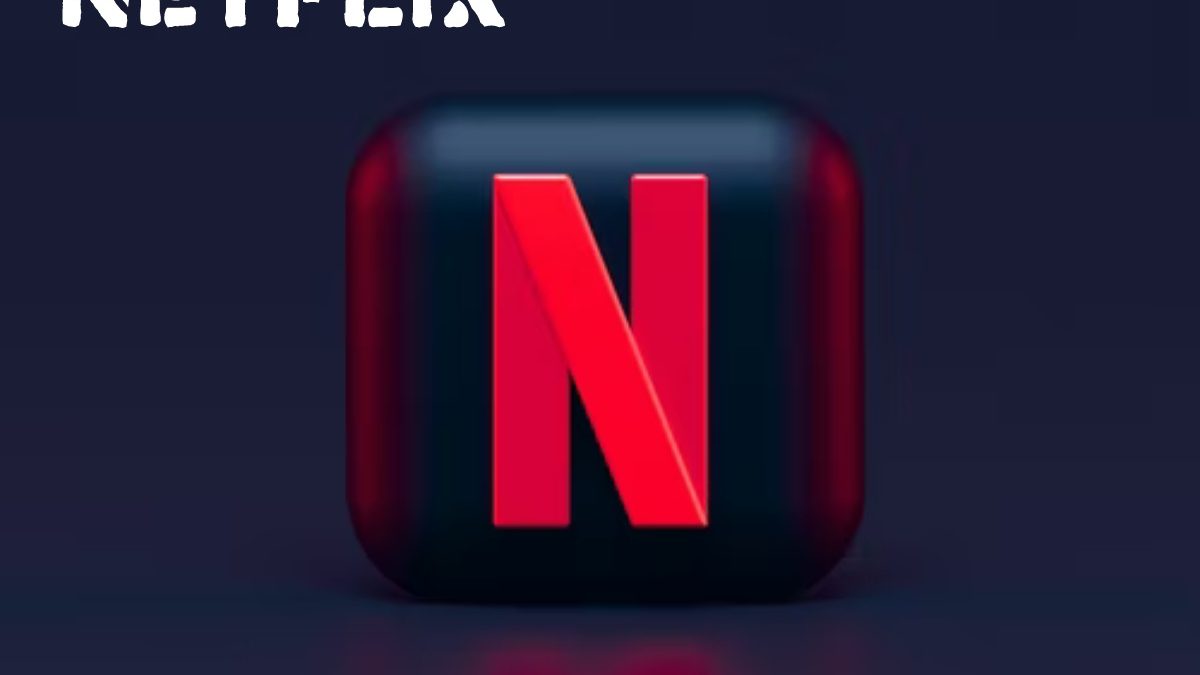With the confinement, platforms like Netflix, Movistar+, HBO, or Disney+ have been an escape board for many people’s boredom. But little by little, we’re getting back to normal, but viewership hasn’t gone down simultaneously. Streaming platforms are becoming more and more addictive, and often — though not always — the explanation lies in content-suggesting algorithms. We clarify how they work and why you can’t disconnect from the streaming platforms level if you want to.
Table of Contents
Different choices for changed platforms
Not all platforms use the process. HBO and Filmin pride themselves on using anthropoid recommenders to order they’re happy, and Movistar + also has five people in custody of content programming. Even Netflix, when it’s just arriving in a geographic area, has to pull a non-algorithm-generated field to get start.
However, although all these platforms are indeed successful somehow, Netflix took no less than 31% of all satisfied traffic via Streaming in the US in 2019.., followed by YouTube (21%) and, for late, the rest of the contestants.
Streaming platforms, as a total, account for 19% of all screen viewing in the US. Logically, we count traditional TV, cable TV, DVD feasting, and others.
Unless we talk about human communities with positive knowledge, algorithms rule when we talk about most users. And within the…
Netflix algorithm is the ruler

How does the algorithm of the world’s important streaming platform work? Everything is built on the paradox of choice. The more options, the more paralyzed human beings are, and they are more dissatisfied, frustrated, and blame themselves.
The adult user takes 7.4 minutes to search for content they like on a streaming platform. After that time, which is superior or less depending on age, 58% tune in to traditional channels, and 21% get frustrated and do not select everything.
So Netflix looked for a way to decrease the range of decisions, favouring content blocks and offering suggestions to the user. This reduces the choice time and the probability that the user abandons.
Every person is different, and the system learns how they behave based on the hours they spend watching, the devices they use, and the amount of time spent watching. With this, Netflix does several things. On the one hand, it assigns a satisfying cluster, and each Netflix subscriber is given 3 to 5 collections of similar content. In this way, societies formed, not because users cooperate, but because it is the way Netflix songs users with similar tastes and habits.
Then, it makes recommendations users base on the cluster assigned (every 24 hours, all recommendation profiles are recalculated). And from time to time, he tries out content not directly related to his tastes through trial and error. In addition, it also adjusts minor things, such as the image that identifies each series or movie for dissimilar users (it has four different photos for each content). In this way, the entire experience is personalize. And that is the reason why…
You will not be able to unhook from the algorithms
Companies are increasingly fine-tuning their algorithms to make the experience as tailored as possible. This type of complex algorithm is describe in Artificial Intelligence as “artificial neural networks” since they behave similarly to neurons, starting new synapses as new data is provide.
A well-adjusted streaming platform resolve analyzes when we stop the image or advance it, what content we abandon, what we search for and what we value the most (those with scores). Also, what day, time, device and geographical area each content is seen. Finally, minor actions such as how to move the scroll of the page will also be analyze. With all this, you will obtain precious data to offer the best happy at the best period and create the content for which workers are to come.
On the other hand, we know that Netflix often does A/B tests to see how users interrelate with the page (up to 160 in a year ) and the apps. In this way, the correct design aspects include typography, image size or the small presentation videos.
All this, together with intelligent coding that adapts to the device to optimize quality, means that the user achieves an increasingly adapted experience to their tastes. The platforms fit their wishes like a glove.
And there is one element that will further increase consumption, and that is…
The experience takes place in the privacy
Finally, we must bear in mind that no one has to see. What a user consumes in the privacy of their computer. This downplays the social component, opinion leaders, the media and influencers. Increasingly, the algorithm will give us. What we ask for without necessarily having to share the experience or doing so only partially.
If this were already the case with television. The individual viewing experience provided by the platforms would increase content consumption anonymously. In other words, they will increase consumption.
Streaming platforms and their algorithms are here to stay. And the drop in face-to-face activity due to the pandemic has also given them a big boost. Soon they will be the dominant mode of consumption of audiovisual content. The query is no longer whether you will be able to unhook from them. But to which platforms and how intensely you will be hook in the coming years.

